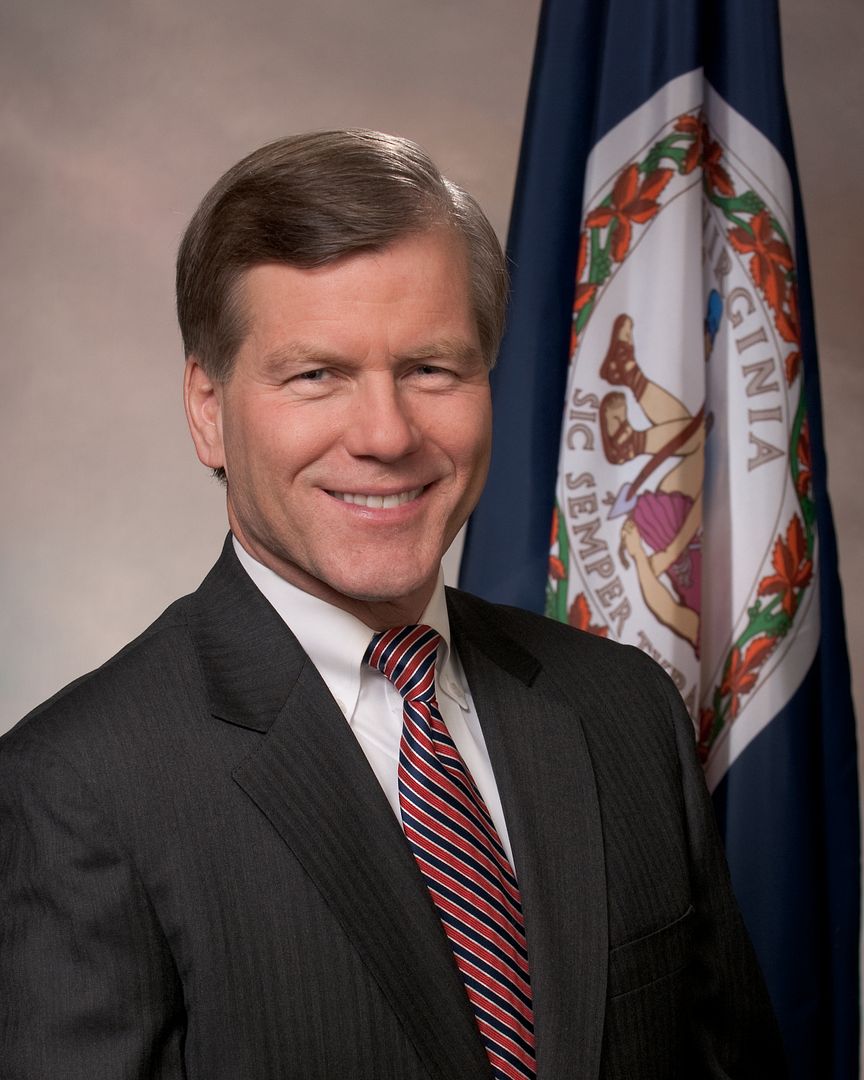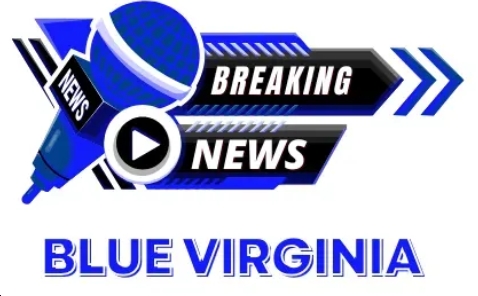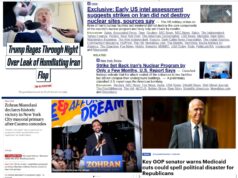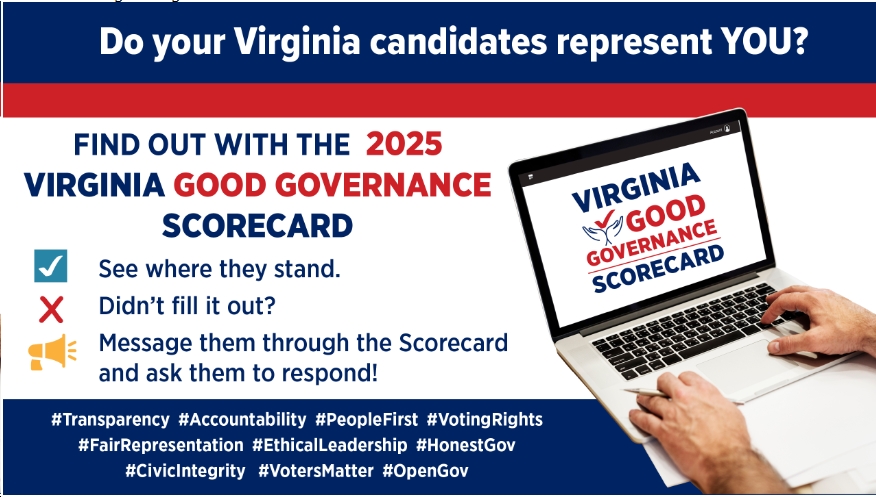 Our Governor has built quite a resume. Aiming initially at a Bain type profile, he has developed an innovative finance background along the way. Balancing budgets by cooking the books, dabbling in high stakes derivatives with the state retirement system, now bringing a whole new opaqueness to accounting.
Our Governor has built quite a resume. Aiming initially at a Bain type profile, he has developed an innovative finance background along the way. Balancing budgets by cooking the books, dabbling in high stakes derivatives with the state retirement system, now bringing a whole new opaqueness to accounting.
“Here’s the simple truth: our state retirement system is underfunded, and this situation threatens the system’s long term solvency.”- Governor McDonnell in his 2013/14 budget remarks
Riddle this: Is the Virginia Retirement System (VRS) any healthier today than it was when Bob McDonnell became governor? This may be the most difficult riddle of the Virginia fiscal landscape. Here is a good faith effort to help everyone understand how Bob McDonnell claimed this year’s budget recommendation doubled contributions from FY2011/2012.
On the face of it, McDonnell’s recommended contribution of $2.21 billion (per year) in total funding to the systems for state employees and teachers does not look like double the $1.55 billion reported contributions in 2011 . It is clearly not double the $2.1 billion contributed in both 2008 and 2009, before he took the helm. But, bear with me. By lowering the contributions for the year ended 30 June, 2011 from that of his predecessor by half a billion and by assuming the VRS reflected the $620 million IOU as part of the 2011 reported contribution amount, the cash contributions for 2011 are really $0.9 billion. Voila! He has “doubled” the fiscally irresponsible contribution his administration ponied up to VRS in 2011.
“The bottom line is that it’s not going to affect the long-term health of the [VRS] fund because it’s being paid back with interest.” – Governor McDonnell discussing the $620 million funding shortfall on WNIS in September 2011
 There are a couple more innovative moves that “improved” the outlook for VRS retirees. A cooperative VRS actuary recommended stretching the amortization period from 20 to 30 years. The net effect of that is lowering the shortfall in the trust by lowering the contributions required to meet the amortization schedule. Creative accounting. Next, for the first time, employee contributions will provide 5 of the 17% employee pay amount required to fully fund the system. This was a sort of responsibility shell game. The claim was that employees were getting a retirement for free. Now, retirement was once known as a benefit and part of the compensation package used attract employees to jobs with otherwise inadequate pay. But we know that all state employees receive adequate pay (and if teachers don’t , well, as McDonnell has explained, they are really local employees in any case and don’t count.)
There are a couple more innovative moves that “improved” the outlook for VRS retirees. A cooperative VRS actuary recommended stretching the amortization period from 20 to 30 years. The net effect of that is lowering the shortfall in the trust by lowering the contributions required to meet the amortization schedule. Creative accounting. Next, for the first time, employee contributions will provide 5 of the 17% employee pay amount required to fully fund the system. This was a sort of responsibility shell game. The claim was that employees were getting a retirement for free. Now, retirement was once known as a benefit and part of the compensation package used attract employees to jobs with otherwise inadequate pay. But we know that all state employees receive adequate pay (and if teachers don’t , well, as McDonnell has explained, they are really local employees in any case and don’t count.)
“The responsibility for paying this cost rests with the local school division. They are not state employees. They are local employees…The retirement costs for teachers are a local obligation. Through our new funding, the state is helping localities with their requirement to the greatest extent in history.”
Frankly, in the world of finance today, Bob McDonnell’s ingenuity qualifies him for a regulatory as well as a managment position at a bank like JP Morgan. As we have learned this past week, even a fellow like McDonnell could strike a regulatory pose in the world of JP Morgan. Plus, he could pad the resume by mentioning that under his supervision, the VRS has been playing in the world of financial derivatives. Better be careful there, though, because it turns out that in the third quarter of 2011, the pension fund suffered a 7.5% setback.
You have to appreciate the language he used to discuss the previous $620 million (or $1.1 billion depending on the method of accounting) contribution shortfall:
“And we will pay back, in full, deferred contributions to VRS for FY2013 and FY2014.”
Wow, impressive, what a fiscal hawk! Oh, wait, that means fully pay the payments on the deferred contributions, not the “full amount.” Well, who checks context anyway?
“Specifically, VRS will receive payback of deferred contributions of $67.1 million for state employees and $197.4 million for teachers during this upcoming biennium. This is part of the planned 10-year payback of the previously deferred contributions.“(emphasis added)
So, is the VRS healthier today than it was in 2009? Well, arguably yes. Measuring after the crisis of 2008, the trust fell to $39.9 billion from $51.7 billion; it had likely returned some by the time McDonnell assumed office, but remember we are building his resume here. By last year, it had recovered to $51.3 billion (ignore the third quarter performance, too, taking the fund to $50.9 billion). And T-Bob did recommend “doubling” the meager initial contributions to the fund his administration made (an annualized increase of 1.5% over the pre-Bob apogee).
So while Bob wasn’t able to Romney the ABC stores, he has been able to JP Morgan the VRS. Imagine what he could do in banking on either side of the regulatory table. Maybe James Dimon should seek his counsel when he testifies before Congress on June 7.


 Sign up for the Blue Virginia breaking news newsletter
Sign up for the Blue Virginia breaking news newsletter











